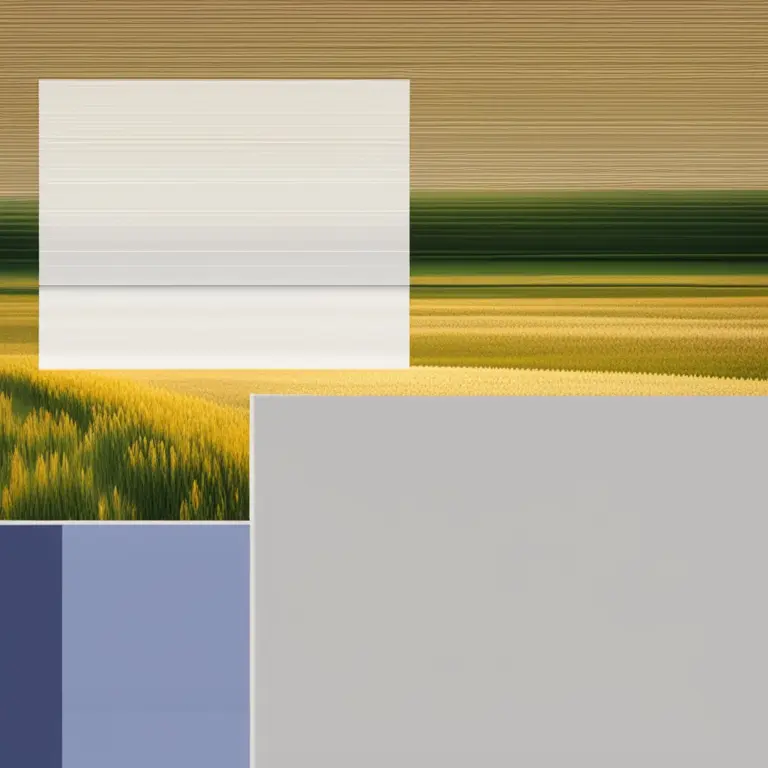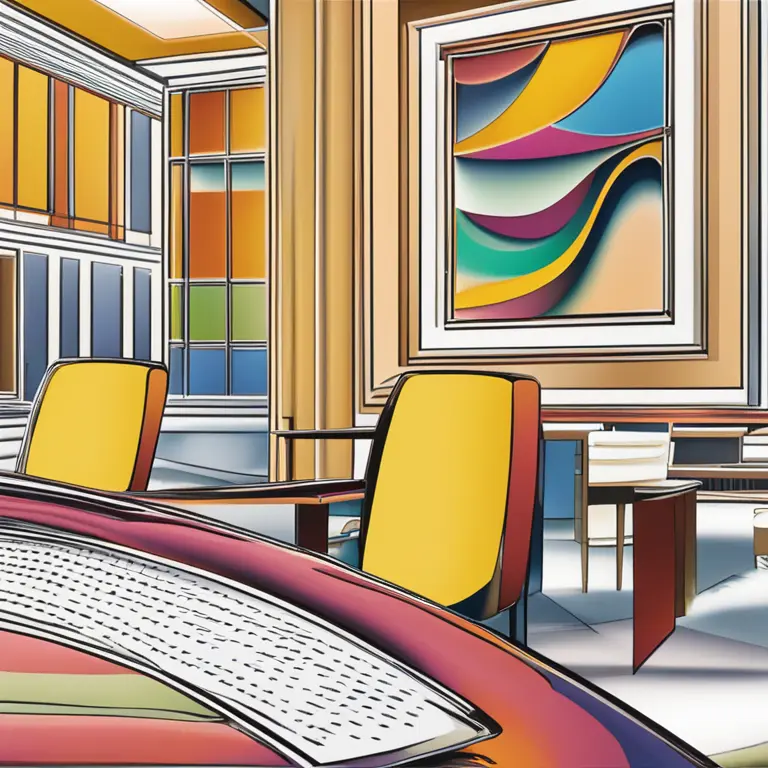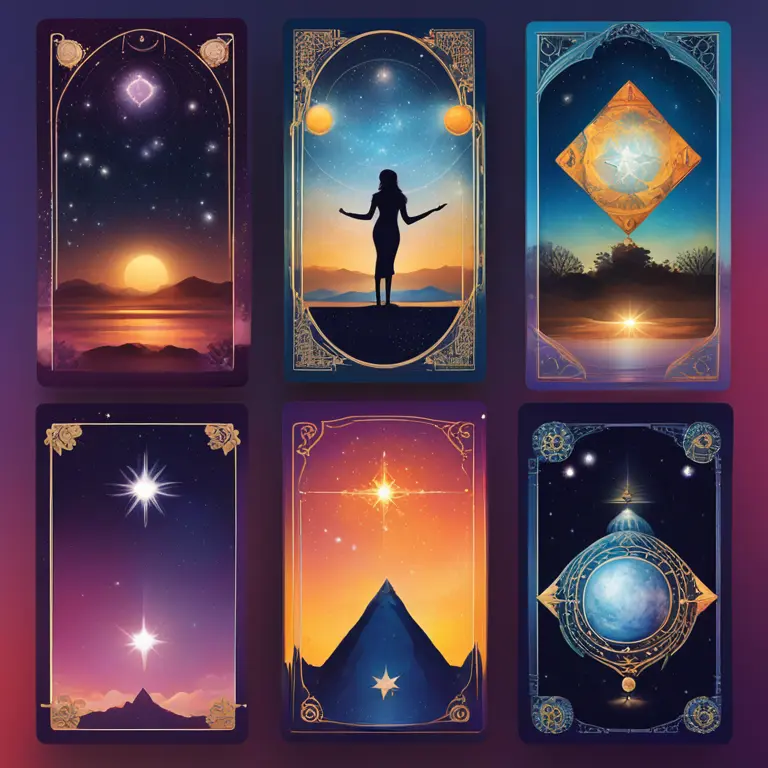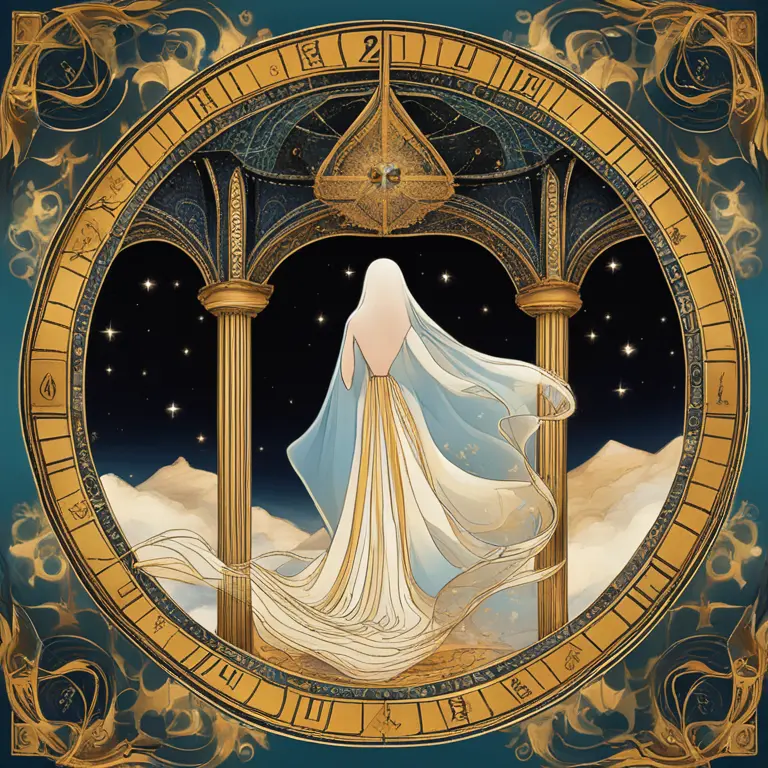
The Dawn of a Term
The tale of 'tarot' begins in the murmurs of history, a word that has woven its way through time and language. Initially springing from the Renaissance Europe, the term itself is shrouded in as much mystery as the cards it represents. These cards, once mere game components, evolved into conduits for divination and introspection. The exact birthplace of the term seems diffused in the mists of past centuries, with tarots venturing through cultures and epochs to acquire their current name and purpose. They continue to intrigue the human psyche in contemporary times, carrying ancient echoes in each symbol they portray.

Tracing Linguistic Threads
The etymology of 'tarot' is a complex web, interlaced with theories and conjectures. Some scholars pin its origins to the Italian 'tarocchi', a term whose own roots remain elusive. Another suggestion points towards the Arabic word 'ṭuruq', meaning 'ways' or 'paths', resonating the cards' role in guiding inquirers. Yet another theory proposes a linkage to the Taro River in Italy, where playing cards were popular. Though the definitive origin eludes us, each suggestion adds a layer of depth to the tarot's rich tapestry.

Glimpses Beyond the Veil
Beyond the lexicon, tarot cards unveil a universe of symbolism, each drawing decked with arcane emblems and figures. Astrological alignments of 2024 and beyond will surely influence modern tarot readings, as practitioners correlate celestial movements to the cards' vivacious narratives. Future forecasts are anticipated to fuse stellar influences with the timeless wisdom the tarot encapsulates, promising tailored guidance to those who seek it.

Evolution of Interpretation
As tarot's etymology eludes precise definition, so does the interpretation of the cards. While their means of divination have crystallized over centuries, the heart of tarot reading lies in the subjective interplay between the reader, the querent, and the cards themselves. Coupled with astrological knowledge, tarot interpretations in the years to come will blend time-honored traditions with the celestial language of the stars, ensuring adaptability through ages.

A Cultural Caravan
The tarot's migration through cultures has seasoned it with multifarious annotations. Just as words morph through dialects and languages, tarot imagery and significance have been tailored to various cultural contexts. The journey from medieval Europe to the contemporary, digital age signifies not only linguistic evolution but societal transformation – an unbroken dialogue between civilizations, with tarot cards as intermediaries.
A Personal and Universal Odyssey
As we probe the essence of 'tarot', we also delve into personal and universal odysseys, charting courses through the subconscious and the fate that the stars might hold. The relation between tarot and one's individual life path, when gazed through the lens of upcoming astrological transits, will remain an enigmatic yet compelling exploration, echoing the mysterious origins of the word itself.
Published: 1/17/2024
Modified: 1/17/2024
More predictions
Come back here soon to learn more about yourself and your future


The Reality of Tarot in Personal Insight
Explore how Tarot readings can offer profound personal insights and guide you through life's complexities.


Who Will I Marry? A Glimpse Through Tarot
Discover the potential of Tarot cards in revealing insights about your future spouse. Learn how the cards can guide you to understanding your path to marriage.